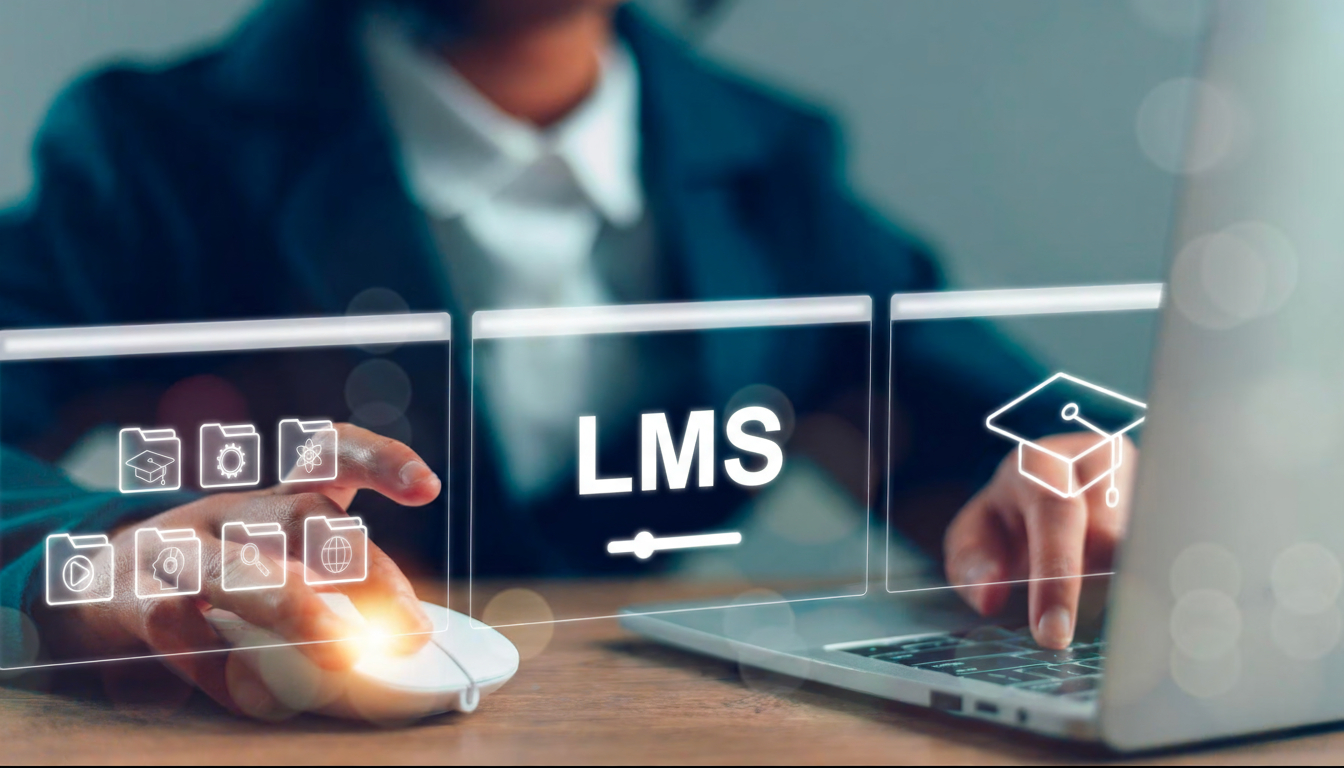
When most people hear “Learning Management System,” they picture endless click-through courses, compliance checklists, and completion certificates gathering metaphorical dust. For decades, LMS platforms were built to serve the needs of regulators, not the passions of learners. But in today’s work world, where business change is constant and skill gaps appear overnight, leaders are demanding much more from their LMS, and rightly so.

Certainly, compliance remains a non-negotiable: sexual harassment prevention, safety protocols, codes of conduct - these requirements give structure to the LMS experience. Yet too many organizations stop at that legal low bar, missing huge opportunities to drive performance, engagement, and creativity.
Modern LMS solutions handle compliance effortlessly, automating assignments, reminders, and documentation. But the real value begins when organizations go beyond checkboxes. The best LMS platforms in 2025 use compliance courses as a springboard for broader culture-building, turning mandatory modules into jumping-off points for real discussion.

So, what does engagement look like in a next-gen LMS? It’s not just about slick interfaces, though user experience absolutely matters. It’s about creating pathways employees want to follow. Leading platforms layer in features that invite learners to interact, reflect, and collaborate, including:
This isn’t engagement for its own sake; it’s a way to build community within distributed teams and make learning feel as relevant and live as the rest of employees’ digital lives.

One of the biggest shifts in LMS technology is the growing sophistication of learning analytics. Old systems focused on simple inputs e.g. who completed what, when, and how fast. New systems help organizations answer deeper questions:
Vendor platforms now offer dashboards linking learning activities with productivity metrics, business KPIs, and growth targets, giving L&D leaders the ammunition they need to defend budgets and demonstrate impact beyond compliance.

Today’s workforce isn’t always sitting in an office or even at a desk. That’s why the most successful LMSs are mobile-first, optimized for any device, and embedded with cloud-native flexibility. Employees can start a module on their laptop, finish on their phone, and pick up new skills during their commute or over lunch.
These features aren’t just about convenience; they acknowledge the reality of 21st-century knowledge work. Learning needs to fit seamlessly into daily routines, not compete with them. Push notifications for new assignments, offline access for travel, or responsive design for evolving devices. Today’s LMS meets learners wherever, whenever.

Organizations now realize that valuable knowledge often emerges outside structured courses: troubleshooting with a colleague, sharing “war stories,” or offering a tip in a Slack channel. Next-generation LMS platforms integrate with Learning Experience Platforms (LXPs), social intranets, and messaging apps, making formal and informal learning part of one ecosystem.
Employees can earn micro-credentials for answering questions, contributing resources, or leading a training session, recognizing the full spectrum of learning activities, not just those prescribed from the top down.

The LMS of 2025 isn’t a dusty digital library; it’s an adaptive, multi-layered platform that blends compliance, engagement, analytics, and community into an engine for growth. Companies that treat learning as a living, breathing part of culture, instead of a checkbox, will build teams that not only follow the rules but continually set new ones. Is your LMS ready for the future, or is it time to reimagine what learning can be?